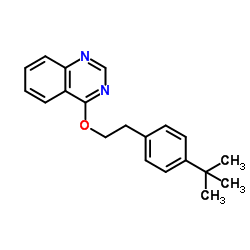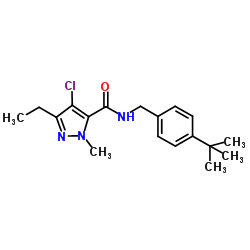| Structure | Name/CAS No. | Articles |
|---|---|---|
 |
fenazaquin
CAS:120928-09-8 |
|
 |
Tebufenpyrad
CAS:119168-77-3 |